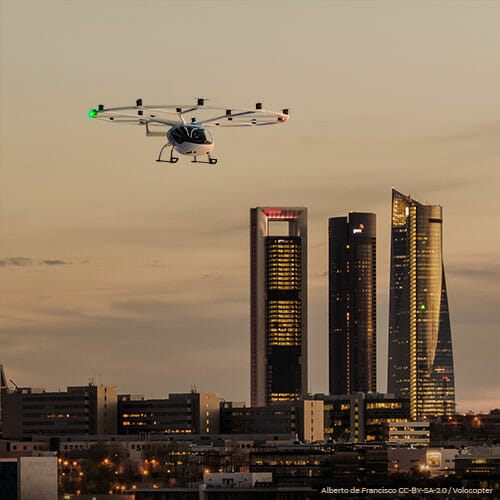Urban Air Mobility for Smart Cities: Technologies, Challenges, and Opportunities

About Course
Imagine soaring above traffic jams in an air taxi, bypassing congestion to reach your destination in minutes—this is no longer science fiction but the emerging reality of Urban Air Mobility (UAM). As cities become smarter and more connected, UAM is poised to revolutionize the way we think about transportation, logistics, and urban planning. This course offers students a front-row seat to one of the most transformative innovations in modern mobility.
Through a comprehensive exploration of enabling technologies like electric propulsion, autonomous flight, and next-generation air traffic management, you’ll gain a solid foundation in how UAM systems are being designed and deployed. You’ll also dive into real-world case studies, explore the economic and environmental benefits, and confront the regulatory, social, and technical challenges standing in the way. Whether you’re an aspiring engineer, policymaker, or urban planner, this course will give you the knowledge to participate in shaping the skies of tomorrow.
Course Content
Introduction
Definition and scope of urban air mobility (UAM)
00:00Importance of UAM for smart cities and future transportation
00:00